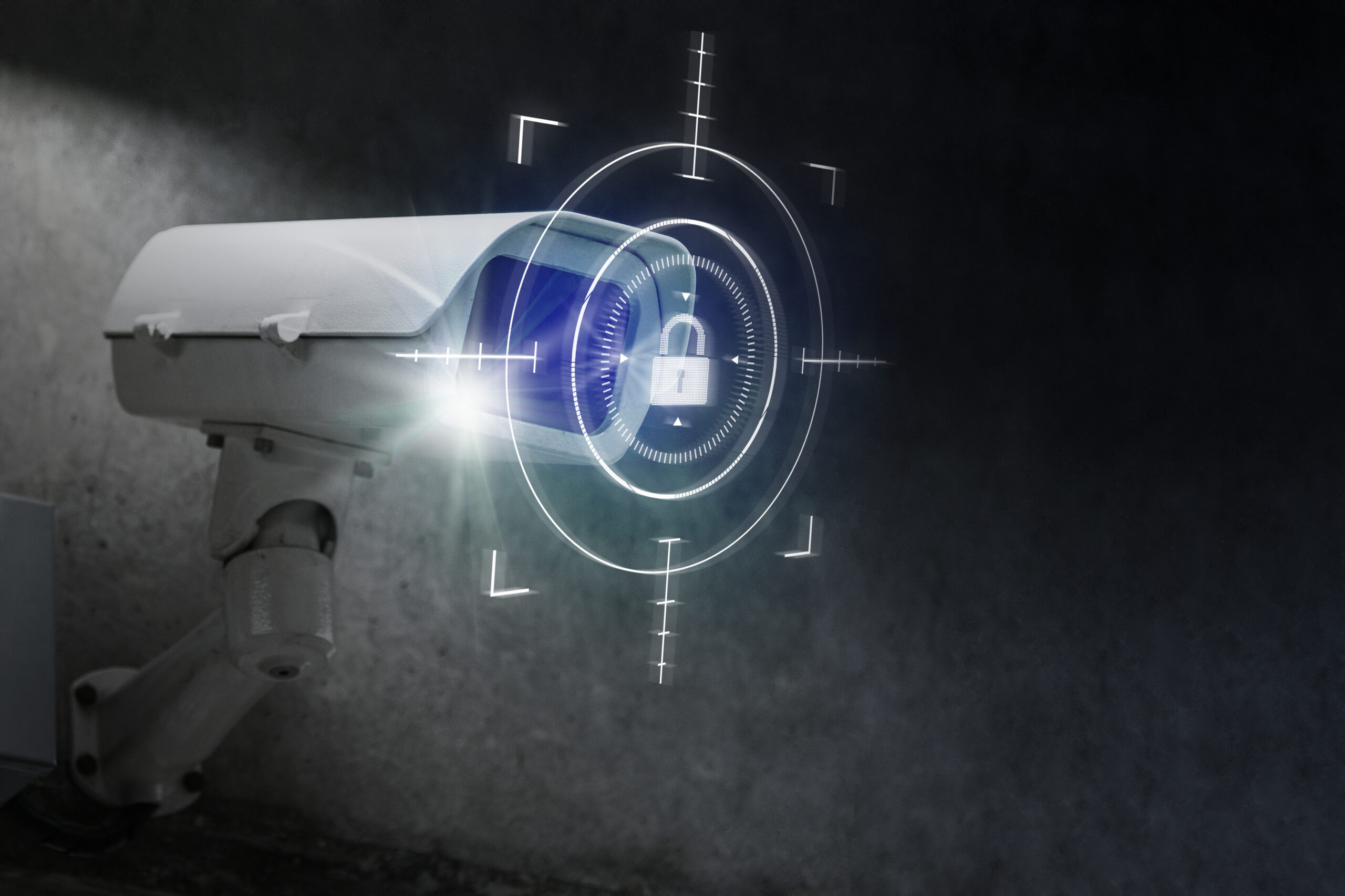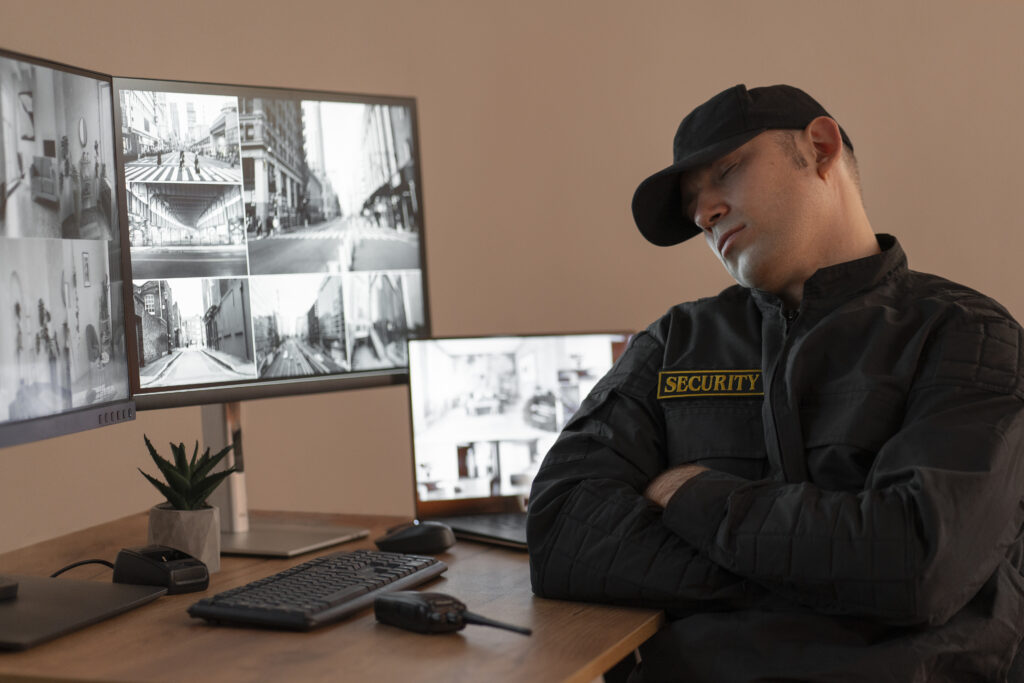
CCTV (Closed-Circuit Television) video analytics refers to the use of advanced software and algorithms (such as AI technology) to analyze video footage captured by surveillance cameras. The primary goal of video analytics is to automate the process of monitoring and extracting useful information from the video data, making it easier for humans to interpret and act upon the information.
Key Challenge: When the premise is large and is installed with many CCTV cameras, it becomes humanly impossible to track footage from each of the camera in real-time. The AI-enabled automated video analytics can help to overcome this challenge thereby enabling real-time alerts.

Solution: Here’s how CCTV video analytics generally works:
- Video Data Collection: Surveillance cameras are strategically placed to capture video footage of a specific area or multiple areas.
- Video Processing: The recorded video data is sent to a video analytics system, where it undergoes various processes.
- Object Detection: The system uses computer vision algorithms (AI) to identify and track objects within the video frames. These objects can be people, vehicles, animals, or other relevant items.
- Event Detection: The video analytics system can be programmed to recognize specific events or behaviors. For example, it can detect when a person enters a restricted area, when an object is left unattended, or when a vehicle parks in a no-parking zone.
- Alert Generation: When the system detects a predefined event or anomaly, it generates alerts or notifications for security personnel or relevant stakeholders. These alerts can be sent through various channels, such as emails, text messages, or integration with a centralized security system.
- Data Analysis: The video analytics system can also generate statistical data and reports based on the video footage. This information can be used for various purposes, such as improving operational efficiency, identifying patterns, or enhancing security measures.
CCTV video analytics has numerous applications in various industries:
- Security and Surveillance: It enhances security by automating the monitoring process and alerting security personnel to potential threats or suspicious activities.
- Retail: In retail environments, video analytics can be used to track customer behavior, analyze foot traffic, and optimize store layouts for better customer experience.
- Traffic Management: Video analytics can monitor traffic flow, detect traffic violations, and optimize traffic signal timings.
- Industrial Operations: In industrial settings, video analytics can be used for safety compliance, monitoring equipment, and identifying potential hazards.
- Smart Cities: Video analytics is employed in smart city initiatives to enhance public safety, optimize traffic flow, and manage public spaces more efficiently.
Connect with us (kishore.kulkarni@nxtechworks.com) if you want to deploy this solution for your specific needs.
All Image by freepik.com
